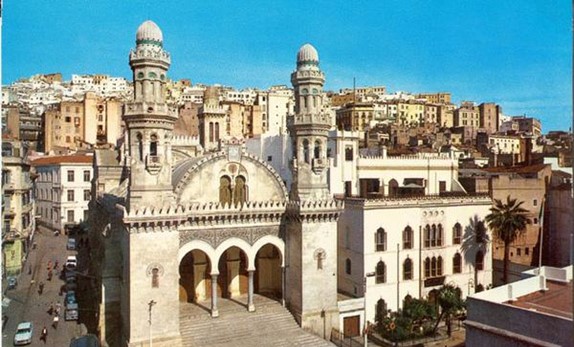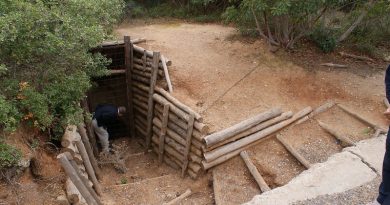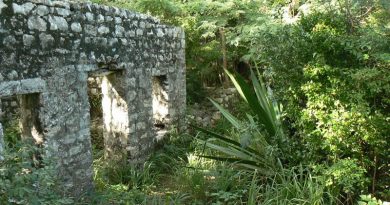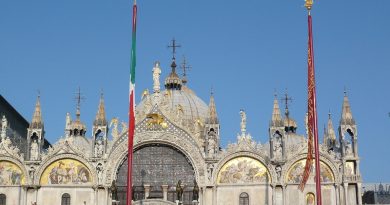ALGERIA: Top ten sites to visit in ALGIERS
Nicknamed Alger la Blanche or ‘Algiers the White’, Algiers is one of the most underappreciated cities in the Mediterranean. It is one of the most visually spectacular and distinct cities in the world. Algiers is particularly well-known for its striking architectural identity, which merges French colonial designs with Neo-Moorish buildings. Having begun as a small port town during the Phoenician control of the country, it blossomed as a major trading hub under centuries of Ottoman control. It fell under the control of the French in 1830 and remained a major colonial outpost until its liberation in 1962, which followed a particularly brutal and violent civil war.
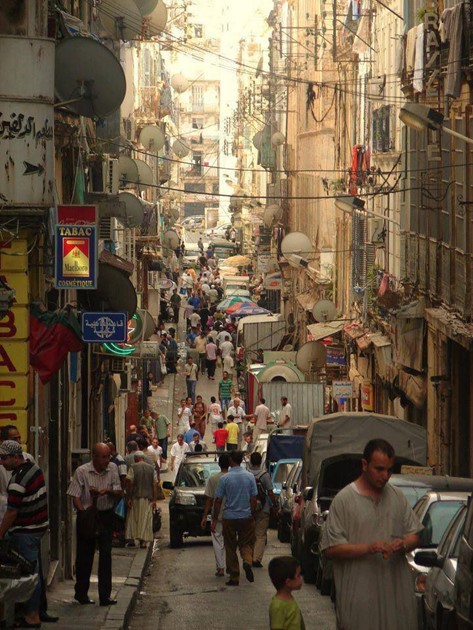
The Casbah
The crown jewel of Algiers, The Casbah is the city’s definitive landmark. Essentially the city’s citadel, the Casbah is Algiers’ most historical district. It is home to buildings from throughout the city’s history. There are a wealth of mosques, mausoleums, Zawiyas and palaces, the most spectacular of which being the Dar Hassan Pacha. The Casbah has a labyrinthine atmosphere, with historic alleyways giving it a maze-like feel. The Casbah epitomises the city’s rich and extensive history better than any other locale. In recognition of its cultural and historical significance, the site has been designated a UNESCO World Heritage Site.
The Citadel
Within The Casbah is Algiers’ majestic Citadel, a former stronghold and the definitive major building. It served as a safe haven during periods of conflict. It was built in the early 16th Century under the orders of Arij Barbarossa and played a major role during the city’s conflict-laden history, surviving a number of assaults. It rose to prominence during the British Invasion of Algiers in 1816 when the city’s ruler turned it into his military barracks. It is known for its wealth of Ottoman architecture, featuring mosques and palace complexes.
Martyr’s Monument
One of the city’s most recognisable symbols, the Martyr’s Monument, or the Maqam Echahid is a distinct modernist concrete monument built in 1982 as commemoration of the Algerian War for Independence. The monument’s design is fashioned on three conjoining palm leaves, which conceal an ‘Eternal Flame’. Next to each palm leaf is a statue of a soldier, which represent a distinct stage of the struggle for independence. A highly important site in the city’s recent history, the Martyr’s Monument pays tribute to the turmoil experienced by the city and the country during the 20th Century.
Ketchaoua Mosque
As an overwhelmingly Muslim city, Algiers is home to a wealth of beautiful mosques, but none are quite as magnificent as the Ketschaoua Mosque. Located at the end of the Casbah, the Katchaeoua Mosque was built at the beginning of the 17th Century in 1612 at the height of the Ottoman Empire. The Mosque has a distinct combination of Byzantine and Moorish architecture, which reflects the city’s multifaceted cultural identity. Following French annexation in the mid-19th Century, the Mosque was converted into a Catholic Church, renamed the Cathedral of St. Phillippe. In spite of being the backdrop for so much political and social turmoil, the mosque remains intact today as one of the city’s definitive landmarks.
Serkadji-Barberousse Prison
Until its recent closure in 2014, Serkadji Prison was the country’s most notorious high-security jail. Opened in 1857 during French rule of the country, it was initially known as the Barberousse Prison, named for the infamous Barbarossa brothers. Situated atop the Casbah, the prison played a major role during the Algerian War for Independence as the site of imprisonment and execution of the Algerian guerrilla soldiers. Following the war and declaration of independence, the prison was rebranded the Serkadji Prison and converted into a museum. This was short-lived and it resumed its
functions as a prison under the orders of President Mohammed Ben Brahim. It held captive political prisoners, terrorists and human rights activists. In recent years, it again achieved notoriety for an uprising in 1995 which saw 4 guards and 96 prisoners killed. A further eight were executed for their role in the uprising.
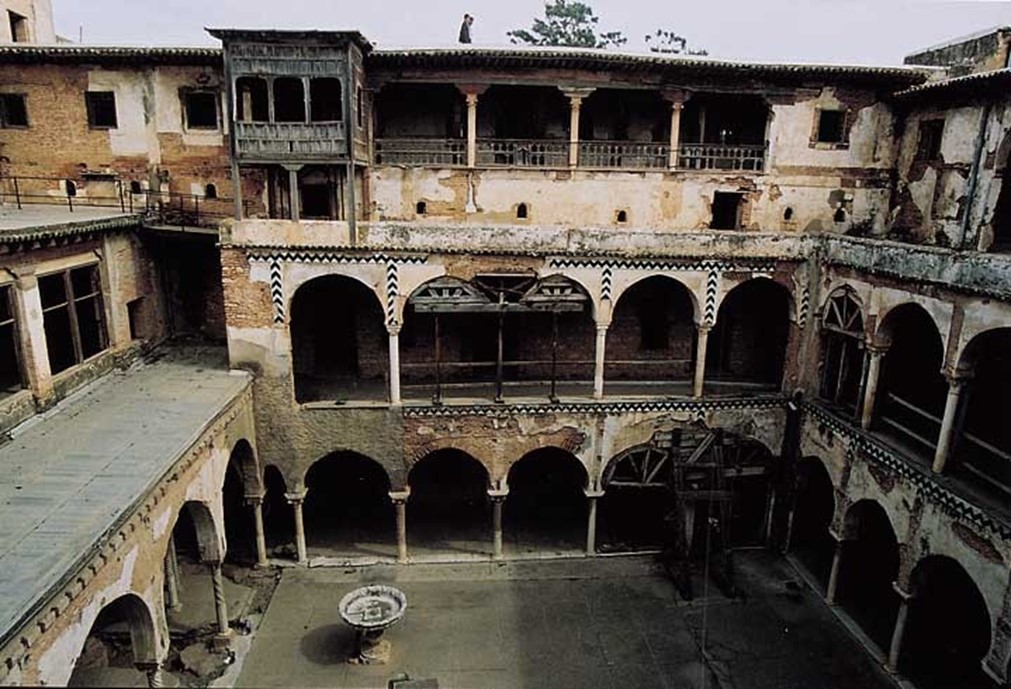
Hayreddin Barbarossa
A pivotal figure in the history of Algiers was Hayreddin Barbarossa, one of the Ottoman Empire’s most successful military commanders. Through his exploits, the Ottoman Empire exerted dominance over the Mediterranean from the mid-16th Century onwards. Major victories include the Battle of Preveza. Along with his brothers Ishak and Oruc, they capture Algiers in 1516 from the Spaniards. Oruc became the Sultan of Algiers until his death in battle in 1518. Hayreddin succeeded him and solidified himself as one of the most notorious pirates and military leaders in Ottoman history. His home in the city’s citadel is a major cultural and historical site.
Bastion 23 Museum
Otherwise known as the Palais des Rais, the Bastion 23 Museum is one of Algiers’ premier cultural destinations. The building dates back to 1576 during Moorish rule. The complex consists of six houses and three palaces and despite the unassuming exterior, boasts a lavish, opulent interior. The museum is home to the Centre des Arts et de la Culture, a pivotal cultural institution of Algiers. It hosts a rotation of art exhibition and traditional music concerts. Having been occupied by the French, it changed hands regularly throughout the 20th Century before becoming the city’s most accomplished restoration project.
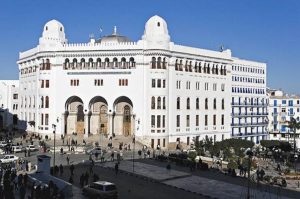
Hotel El Djazir
Formerly known as ‘The St. George’, the Hotel el-Djazir is known Algiers’ finest grand old hotel. Dating back to 1889, the hotel was built on the remains of a former Ottoman palace. It became increasingly popular amongst travellers during French rule, becoming known as ‘The Leading Hotel of North Africa’. The hotel achieved major prominence during the Second World War when it served as the Allied Forces Headquarters. The hotel hosted a wealth of illustrious names over the course of the 20th Century including Dwight Eisenhower, Winston Churchill, Edith Piaf, Simone de Beauvoir and Rudyard Kipling. The hotel was renamed the Hotel El Djazair in 1982 and remains a major attraction in the city, known both for its historical legacy and lush botanical gardens.
La Grande Poste
Perhaps the most spectacular post office in the world, La Grande Poste is one of the city’s definitive examples of Neo-Moorish architecture. An immense, opulent building adorned with stunning arches and minarets, it was built in 1913 by architects Jules Voinor and Marius Toudoire. One of the grandest and most historically significant buildings in the city, it has recently been converted into a museum centred on the history of post and communications in Algeria.
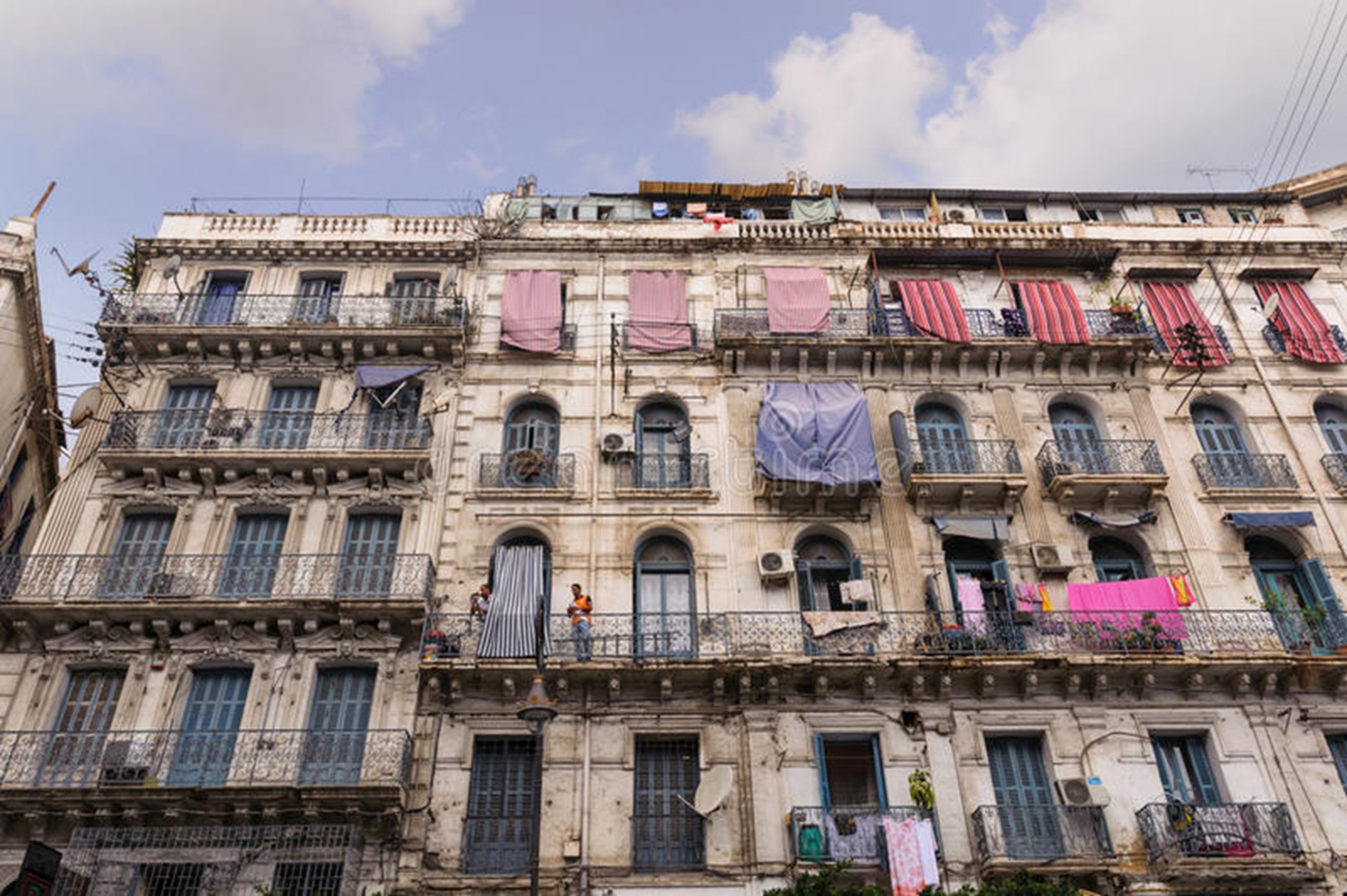
Notre Dame d’Afrique
One of the city’s most stunning landmarks, the Notre Dame d’Afrique is Algiers’ definitive work of Neo-Byzantine architecture. Designed by esteemed French architect Jean Eugene Fromageau in the late 19th Century under the instruction of Charles Lavigerie, the basilica has sustained considerable damage since its construction. It remains intact after recent renovations and functions as the heart of the city’s dwindling Catholic community.
Rai Music
Synonymous with Algerian culture is Rai Music, a genre of folk music which emerged in the 1920’s in the port city of Oran. Having emerged as a counterculture against the country’s traditionalist Islamic culture, it was embraced by the country’s youth as a means of resistance and expression. Oran was very much the centre of Rai, a diverse cultural melting pot which leant itself well to musical experimentation. Rai emerged once more during the 1960’s following Algerian independence. There have been frequent attempts to censor and ban Rai Music due to its socio-political connotations but it remains a focal point of the country’s cultural identity.
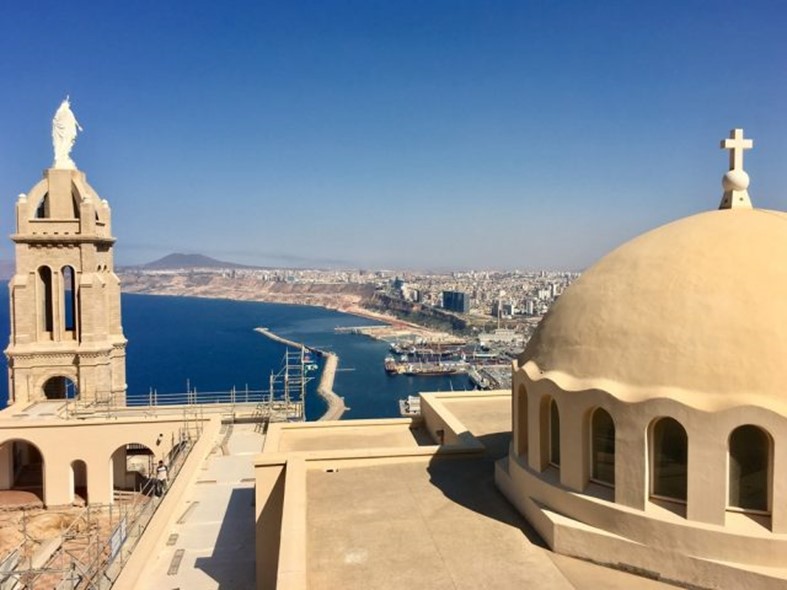 Battle of Algiers
Battle of Algiers
The zenith of the Algerian War of Independence was undoubtedly the Battle of Algiers. Lasting nearly a year from 1956-7, the battle was one of the darkest in the country’s history, a protracted period of guerrilla warfare which saw a number of human rights atrocities occur. The French government’s authorisation of torture and executions drew considerable controversy. The result of the conflict was fairly evenly split, with the Algerian resistance incurring more casualties but earning a strategic victory. Scars of the battle, both physical and figurative are still present in the city today. The city’s Musee de l’Armee, specialising in the country’s military history, touches upon this in great detail.

